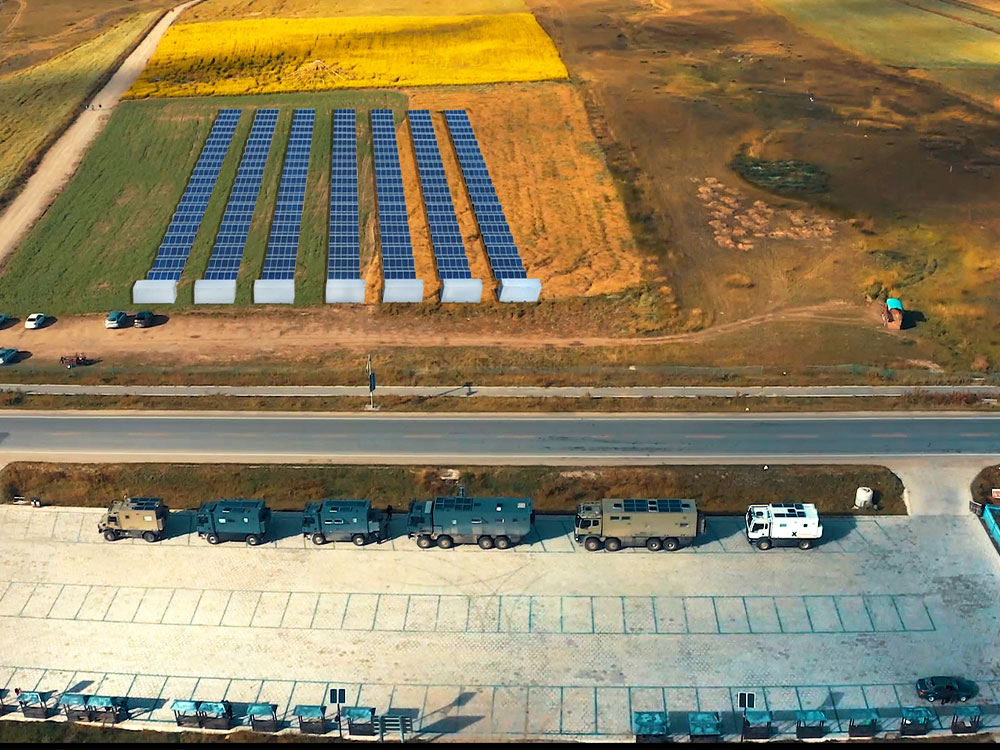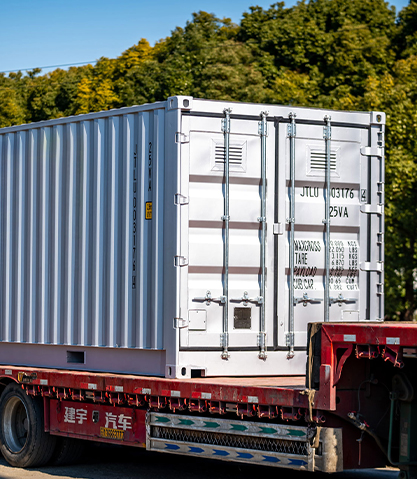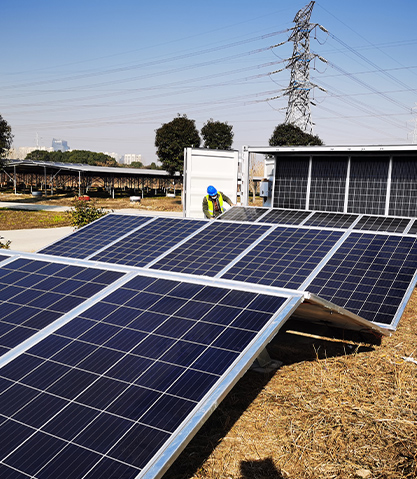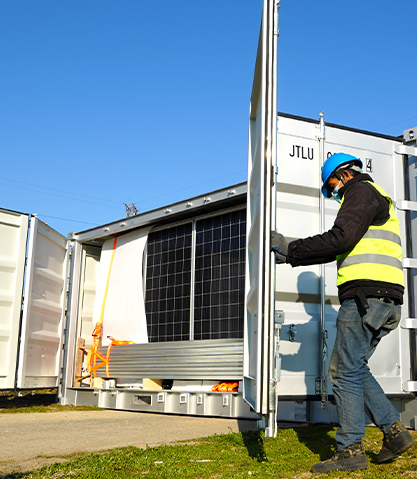Mobile solar power containers are designed to provide renewable energy solutions in remote locations, temporary worksites, disaster zones, or military operations. Their portability is one of their key advantages, but transporting and deploying these systems requires careful planning to ensure efficiency, safety, and optimal performance.
1. Transportation Methods
a. Truck and Trailer Transport
Most mobile solar power containers are built within standard shipping container dimensions (e.g., 20-foot or 40-foot). This design allows them to be easily loaded onto flatbed trucks or trailers for road transport. Heavy-duty tie-downs and stabilizers are essential during transit to prevent shifting, tipping, or vibration damage to the solar panels, battery systems, and electrical components.
b. Rail Transport
For long-distance or cross-country deployments, mobile solar containers can be transported by rail. Standard container fittings allow secure attachment to freight cars, ensuring safe movement over long distances. Rail transport is particularly useful for projects in regions with limited road access or where multiple containers need to be transported simultaneously.
c. Ship Transport
In cases where containers must be deployed overseas or to island locations, mobile solar containers can be shipped via cargo vessels. Their standard container structure ensures compatibility with container ships, cranes, and ports, facilitating smooth loading and unloading. Containers are often secured with twist-locks and protective padding to minimize the risk of damage from rough seas.
d. Air Transport (Special Cases)
Although less common due to weight and size constraints, small or specially designed mobile solar units can be transported by cargo aircraft in emergency situations. This method is typically reserved for disaster relief or military operations requiring rapid deployment.

2. Deployment Procedures
a. Site Assessment
Before deployment, it is essential to evaluate the terrain, solar exposure, and environmental conditions. Flat, stable ground with minimal shading is ideal for maximizing solar energy generation. Ground reinforcement may be necessary for soft or uneven terrain to ensure container stability.
b. Container Positioning
Once the container arrives on-site, it is positioned using forklifts, cranes, or other lifting equipment. Most containers have integrated lifting points and skids to facilitate safe handling. Orientation is crucial: solar panels must face the optimal angle toward the sun to maximize energy production.
c. Electrical and System Connections
After positioning, the container’s electrical systems are connected. This may include linking the internal battery bank to local loads, integrating with existing power grids, or connecting auxiliary generators for hybrid systems. Many containers are designed with plug-and-play interfaces to simplify connection and reduce deployment time.
d. Safety and Stabilization
To prevent shifting due to wind or uneven ground, containers are typically anchored using ground bolts, stabilizer jacks, or support pads. Proper grounding is also performed to protect against electrical hazards and lightning strikes.
e. Commissioning
Finally, system checks are conducted to verify solar panel output, battery health, inverter functionality, and control systems. Remote monitoring capabilities often allow operators to track performance, detect faults, and optimize energy distribution after deployment.
3. Advantages of Portable Deployment
Mobile solar power containers offer several advantages over traditional stationary systems:
- Rapid Deployment: Can be operational within hours of arrival.
- Flexibility: Easily relocated to new sites as needs change.
- Reduced Infrastructure Needs: No permanent foundations or complex electrical installations required.
- Resilience: Designed to withstand harsh environments, including extreme temperatures, dust, and high winds.
Conclusion
The transport and deployment of mobile solar power containers combine the benefits of standard container design with renewable energy technology. By using road, rail, or sea transport, these systems can reach even remote or challenging locations. Careful site assessment, precise positioning, secure stabilization, and proper commissioning are essential steps to ensure that mobile solar power containers deliver reliable, clean energy wherever they are needed.

 English
English 中文简体
中文简体 عربى
عربى



